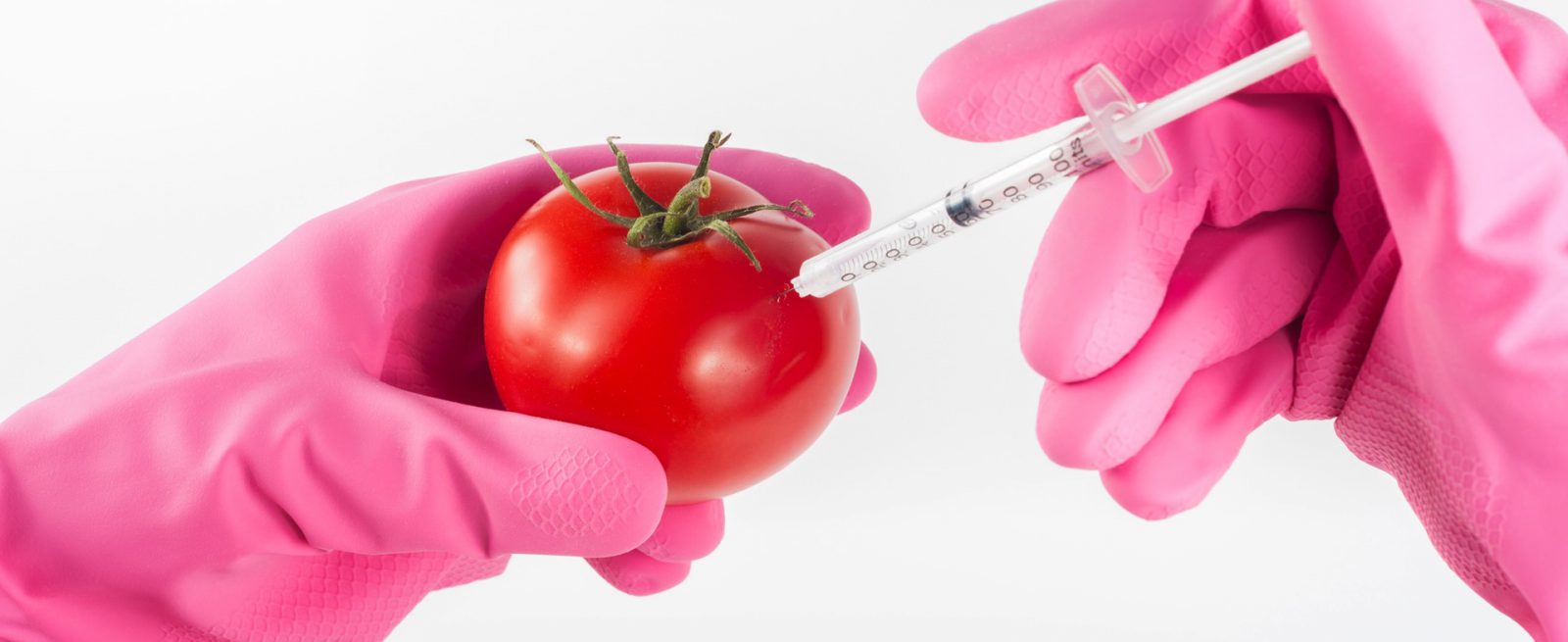DNA Doesn’t Lie: Detecting Food Fraud in the Modern Era
4 Min Read By Dr. Neil Sharma
In a paper published this April, two researchers reported the results of a test they conducted back in 2015. They visited six popular restaurants in Washington D.C. and each ordered a seafood dish. They took small samples of the seafood they received and took them back to their lab for DNA testing to see if what was on the menu was actually the entrée on their plate. In their paper, they reported that one-third of the entrees that they ordered were not the species that they thought they were getting. The seafood that they ordered had been substituted somewhere along the supply chain for another type.
Food fraud can take many forms, from mislabeling (e.g., claiming something is “organic” when it is not) to counterfeit branding. Unfortunately, food fraud is becoming more common, especially in the protein segment, where a cheaper species of meat or fish is passed off as a more expensive one, or product adulterations, where something, typically a cheaper ingredient, is mixed into the food (e.g., horsemeat mixed into beef) to lower the cost and increase its volume. In the past few years there have been far too many public reports of fraud with horsemeat being added to beef, honey mixed with corn syrup, virgin olive oil being diluted with lower quality oils and then laced with dyes to adjust the color and many others. And it’s not just our food either. The literature shows that up to 40 percent of pet food is either mislabeled or contains ingredients not listed on the package. What this really means is that food fraud is a problem across every grocery aisle, from the seafood counter, to the butcher’s display, and in every aspect of food supply from farm to fork.
Food fraud is a problem across every grocery aisle, from the seafood counter, to the butcher’s display, and in every aspect of food supply from farm to fork.
In almost every one of these cases the motivation is money and buyers are intentionally being defrauded. It’s simple – one can fraudulently make more money by diluting products with cheaper ingredients or supplementing expensive meats and seafoods with cheaper, low quality species. You may be tempted to think that because our food supply chain is so large and complex that some of this could occur simply through errors, and some certainly does. But if this were not predominantly an intentional practice, at least some of the time a more expensive ingredient would be found substituted for a lower quality one – and this is virtually never the case.
Money, however, is not all that is at stake when it comes to food fraud. It also threatens the livelihood of legitimate farmers, fishermen and other producers. People with allergies who unknowingly eat substituted products could suffer a life-threatening allergic reaction, such as if olive oil is diluted with peanut oil. Pork contamination in food sold as Halal or Kosher can cause someone to unknowingly violate their religious beliefs. It’s impossible for legitimate producers to compete with a fraudulent brand that is using cheap ingredients yet marketing that product as expensive. And because the supply chain for our food is global, there are many places from the farm or fisherman to the restaurant where substitution can be made, making the problem difficult to detect and control. However, there is a solution: detection of food fraud is possible with genetic testing.
In medicine, genetic testing techniques like Polymerase Chain Reaction (PCR) is commonplace by reading DNA from a sample. These same techniques can also be used to detect food fraud and substitution. By collecting small samples of the food and analyzing the DNA it contains, and then comparing the results to a library of genetic data from samples of known authentic species, we can quickly determine if a product has been wholly substituted or adulterated with another meat or seafood. Unlike medical testing, where the analysis can be done in hospitals and medical labs near the patient, our food source is widespread globally and testing is needed in every area of the globe. Making this technology portable, so the testing can be performed in the field, at a food processor, on the dock and in ports with customs inspections, is also now possible.
Legally, only one type of fish (the Ictalurus genus) can be called “Catfish” in the United States. It is known, however that Asian importers have been marketing other types of fish as U.S. farmed catfish. These imported imposters are typically farmed in overcrowded unsanitary conditions and sold at lower prices to undercut the sales of authentic U.S. catfish.
To ensure their credibility and brand reputation, a seafood distributor sourcing catfish came to InstantLabs to make sure their product was authentic. Up until this point, they had been sending product samples by courier to a testing laboratory company in a Midwestern U.S. state, but this process was both expensive and time consuming. Instead, they instituted real-time PCR testing using the portable InstantLabs Hunter® instrument, which is about the size of a shoebox and allows species testing to be done anywhere in less than 2 hours. This allowed them to personally test the fish that they were buying, at the point of sale to verify that what they were getting was authentic.
The concern about fraud can go beyond strictly food. Producers of Halal goods need to be vigilant for the presence of pork in any of their products. In one case, routine Halal testing in Malaysia unexpectedly showed traces of pork in a U.S. nutraceutical manufacturer’s dietary supplements. It was later determined that, while the manufacturer’s nutraceutical products themselves were free of pork, pork gelatin had been inadvertently used in the manufacture of the gelcaps. This company also contacted us to establish a program testing each lot of incoming ingredients and outgoing products to ensure their product purity and compliance with Halal regulations.
Unless you are certain about what you are serving, your business and your reputation could be at risk. Food fraud can be minimized by working with reputable suppliers that perform regular third-party audits. But the criminals who are committing food fraud know how to side-step some of these controls so testing needs to be part of a comprehensive program.


